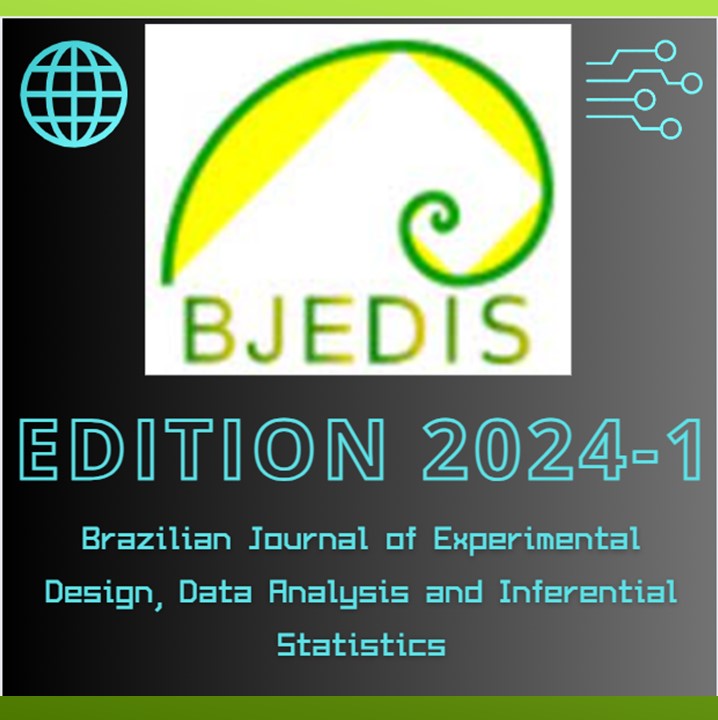The symbiotic relationship between Tenebrio molitor and coffee grounds presents an innovative perspective on addressing global challenges
DOI:
https://doi.org/10.55747/bjedis.v3i1.62478Abstract
This study unveils a novel approach toward sustainable protein production and waste management by investigating the utilization of coffee grounds as a nutrient source for Tenebrio molitor larvae. This research is a pioneering exploration in response to pressing protein shortages, food waste, and food security challenges. The study employs an entirely randomized experimental design, comprising five treatment groups and one control group; each replicated thrice. Notably, the study amalgamates cutting-edge data mining techniques through the Scopus database to elucidate the existing research landscape around Tenebrio molitor. This exploration underscores the insect's pivotal role as a prospective alternative protein source. The experimental findings, a core contribution, discern that T1, a blend of 5% coffee grounds and 95% substrate, yields the most significant mass gain in larvae over the initial 7-day phase, surpassing the control group. However, an intriguing revelation follows: specific treatments experience subsequent weight loss, emphasizing the significance of strategic larval harvesting and processing. These collective results underscore Tenebrio Molitor's potential as an innovative protein source while spotlighting coffee grounds as a valuable larval growth catalyst. This study forges a path towards sustainable protein solutions, elucidating the dynamic interplay between Tenebrio molitor, coffee grounds, and their promising role in addressing food security concerns, particularly in socioeconomically challenged regions.
Downloads
Downloads
Published
Issue
Section
License
Copyright (c) 2024 Brazilian Journal of Experimental Design, Data Analysis and Inferential Statistics

This work is licensed under a Creative Commons Attribution 4.0 International License.
AUTHORS’ DECLARATION AND COPYRIGHT TRANSFER AGREEMENT
The undersigned authors hereby declare that the submitted manuscript is an original work and has not been previously published or submitted, in whole or in part, to any other journal. The authors further commit not to submit this work to any other journal while it is under consideration by BJEDIS.
We affirm that the manuscript is free from plagiarism, and we accept full responsibility for any allegations of academic misconduct that may arise.
By submitting this manuscript, the authors irrevocably transfer all copyrights of the work—including, without limitation, the rights of reproduction, distribution, translation, and public communication in any form or medium—to BJEDIS. Any breach of this agreement may result in legal action in accordance with the Brazilian Copyright Law (Law No. 9.610 of February 19, 1998).
The authors also declare that there are no conflicts of interest related to this work. All sources of financial support have been properly acknowledged in the funding section of the manuscript.



